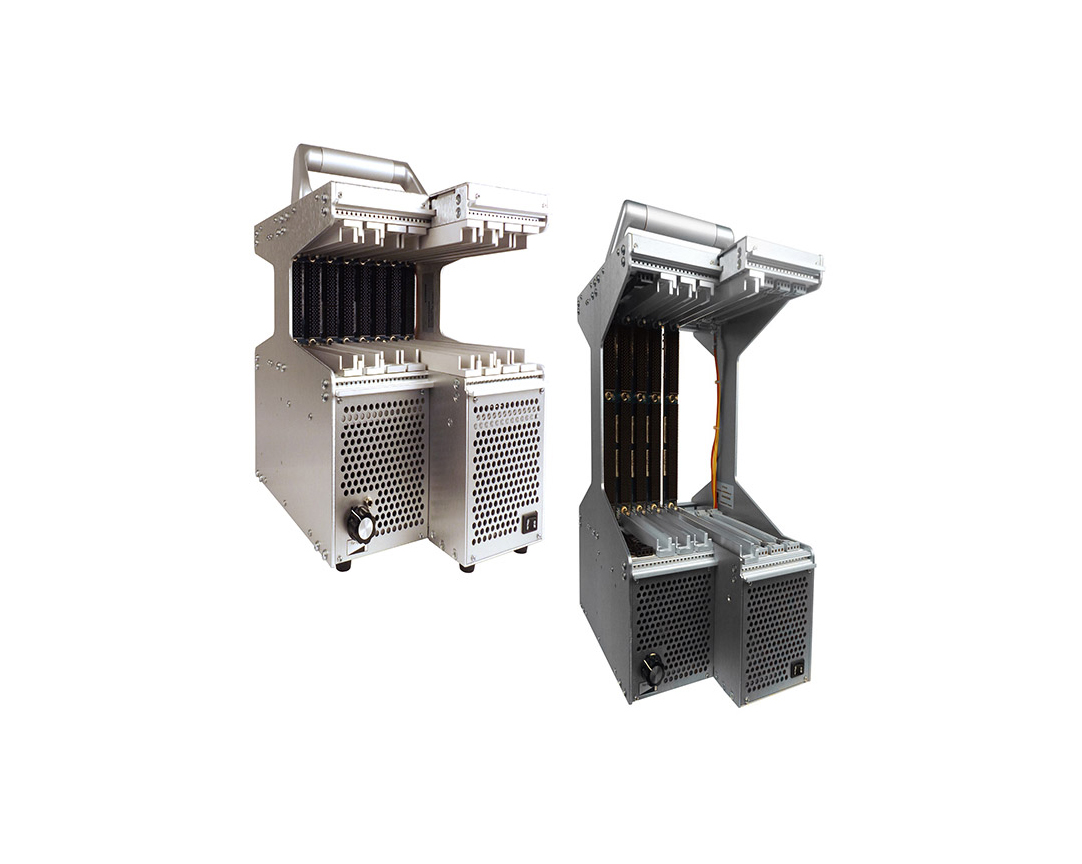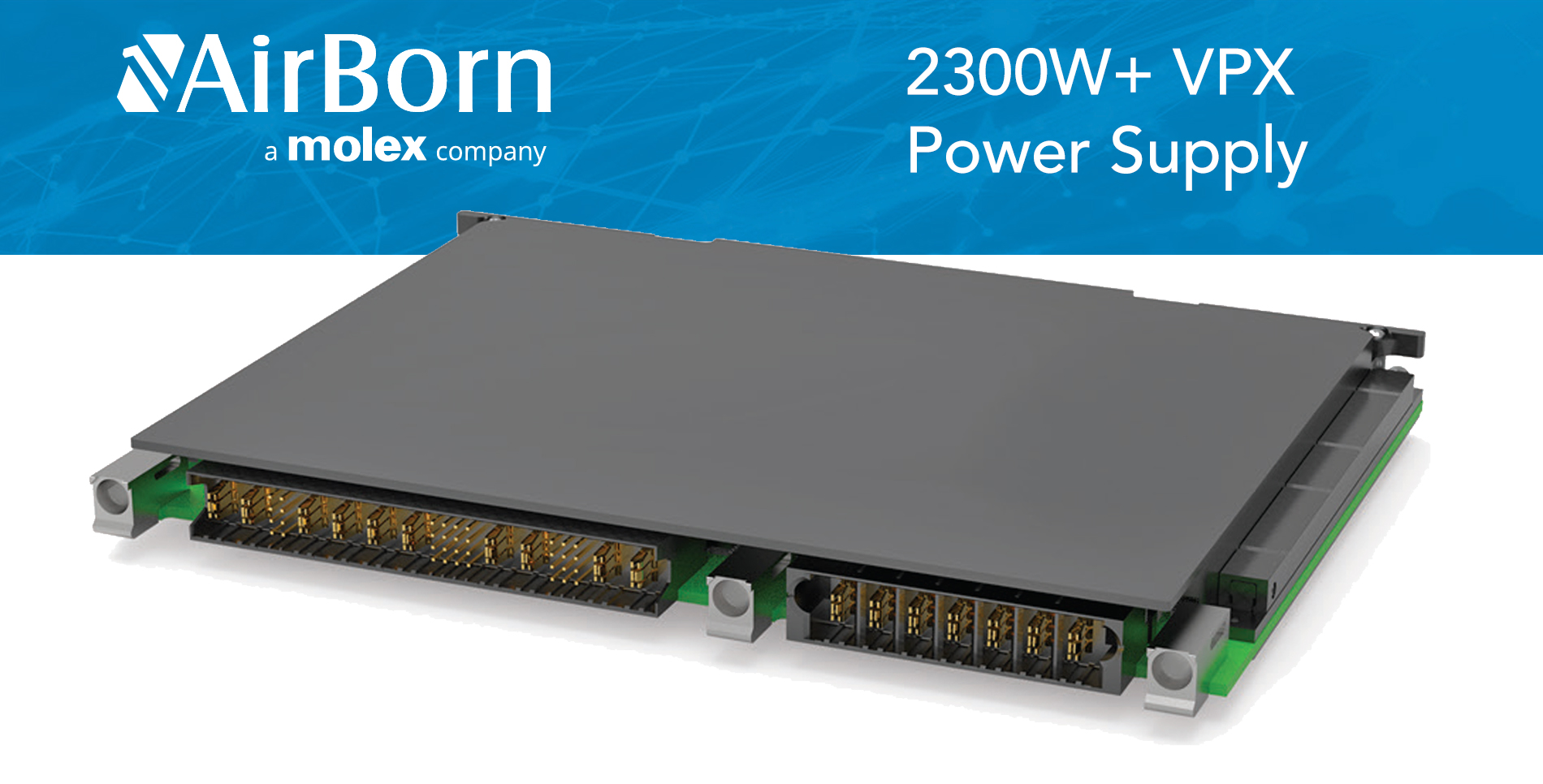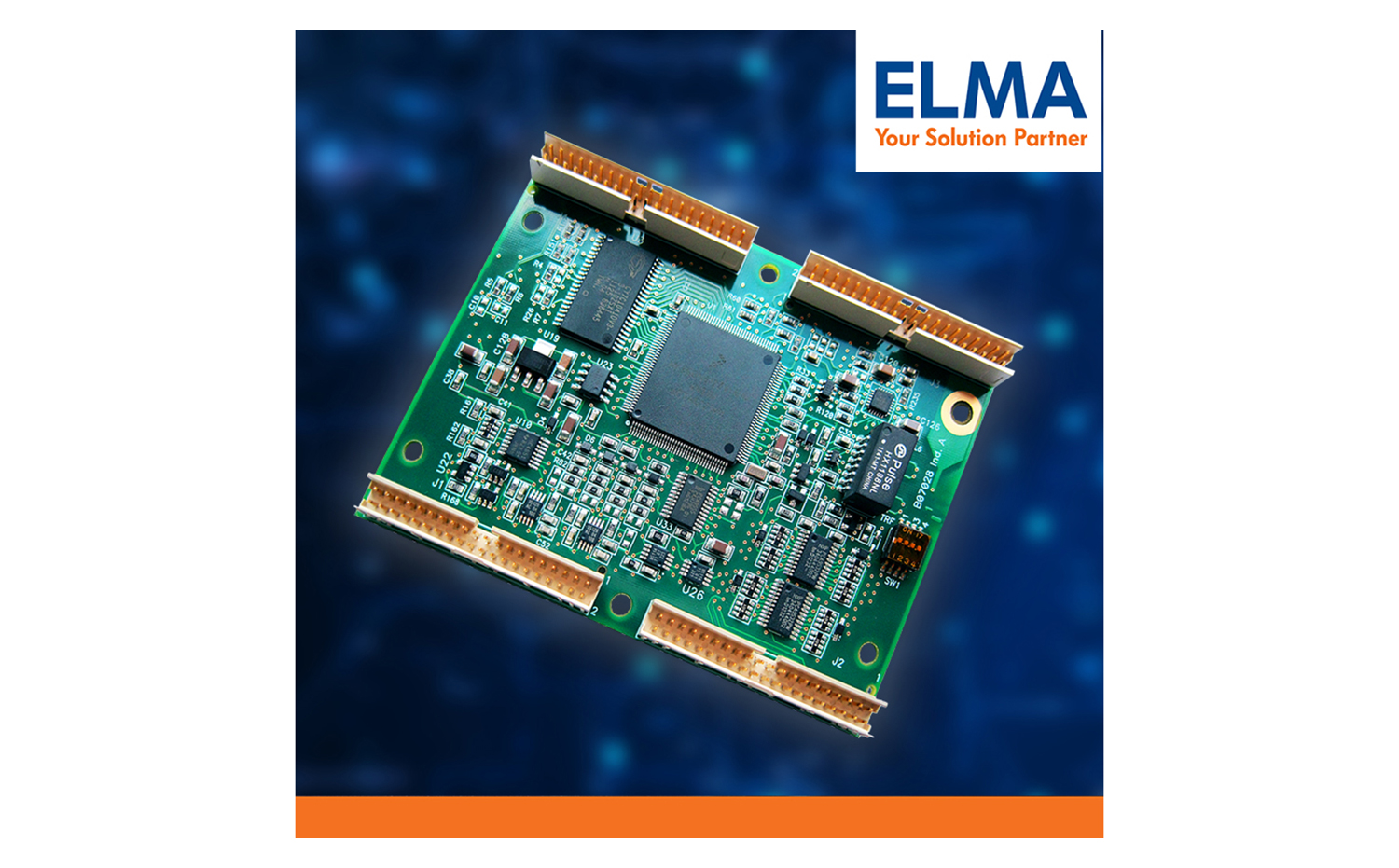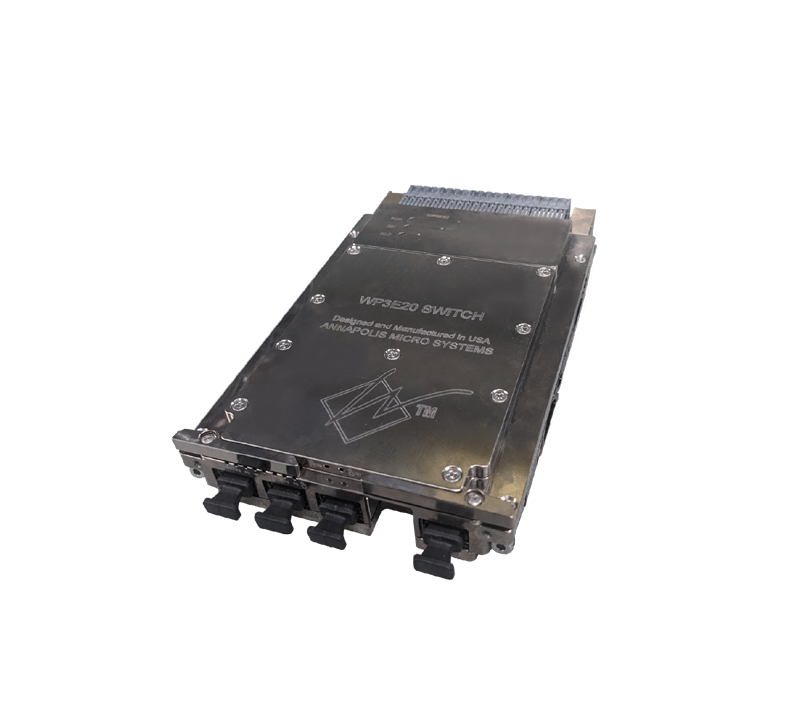Level 300 Provides ESD Protection to Support 2-Level Maintenance on Conduction Cooled VME64x and VPX Products
Level 50 Provides -20°C to 65°C Operating Temperature Range for Benign/Industrial Environments
LEESBURG VA — January 10, 2006 – To better address environmental challenges in the COTS market, Curtiss-Wright Embedded Computing has introduced two new levels of ruggedization available on its VME64x and VPX embedded computer product lines.
For the demanding high end of the market, where static discharge can damage hardware deployed in harsh environments, Curtiss-Wright has announced new Level 300 ruggedization. Level 300 incorporates electro-static discharge (ESD) protection using covers that protect the board to meet the growing military/aerospace requirement for 2-Level in-the-field maintenance. Level 300 also enhances the survivability of critical embedded boards in military and aerospace applications.
In continued support of the benign and semi-rugged application market, the company has also introduced a new Level 50 ruggedization that delivers a -20°C to 65°C operating temperature range option for board products.
“The launch of our new Level 300 and Level 50 ruggedization levels is another clear statement of how Curtiss-Wright is setting the standard for embedded COTS computing both in benign and mil/aero applications,” said Lynn Patterson, vice president and general manager of Modular Solutions, Curtiss-Wright Embedded Computing. “With Level 300 we are responding with innovation and imagination to address our customer’s critical need to speed and simplify in-the-field maintenance of vital technology. By providing ESD protection, Curtiss-Wright boards can be readily replaced in static filled environments, significantly reducing maintenance cost and time.”
With the launch of Level 300 and Level 50, Curtiss-Wright now offers the industry’s broadest offering of cooling and ruggedization options, that include benign, semi-rugged and conduction cooled with ESD protection. The highest level of ruggedization, Level 300 (L300), adds nickel electro-plated ESD covers to existing Level 200 conduction cooled board designs. Both Level 300 and Level 200 boards provide an operating temperature range of -40°C to 85°C, are rated to survive vibration levels of 10 g peak Sine, 0.1g²/Hz, from 15 Hz to 2 KHz, and are shock rated to 40 g peak. Boards ruggedized to L300 via ESD covers retain their normal PMC site availability.
Level 300 conduction cooling will be made available first as a standard variant build of Curtiss-Wright’s SVME/DMV-183 dual PowerPC™ single board computer and CHAMP AV-IV quad PowerPC™ DSP engine in Q1 2006. It will also be available for the company’s forthcoming VME64x and VPX (VITA 46) 6U form factor single board computers and DSP engines.
Curtiss-Wright’s L300 ruggedization standard is designed to meet the EN 61000-4-2, EMC Discharge Immunity Test. The ESC static discharge protection provided by the L300 covers enables boards to be safely handled in flight-line environments where standard ESD precautions (i.e. anti-static bracelets, anti-static floor coverings) are not practical. Support for 2-level maintenance can significantly reduce sparing and logistics requirements, thus reducing the total life-cycle cost of the systems within which the L300 boards are used. To ensure support for 2-Level maintenance, L300 boards are tested un-powered, outside of a chassis, to best simulate in-the-field board replacement and handling. The L300 boards also feature conformal coating to meet the 100% condensing humidity requirements of MIL-STD-810F, when installed in a representative chassis.
The new Level 50 ruggedization option demonstrates Curtiss-Wright’s continued commitment to the semi-rugged and benign application environments. Examples of these application environments include naval platforms and wide body aircraft. The core requirements of Level 50 include an operating temperature range of -20°C to 65°C with vibration (random) rated to 15 Hz – 2 KHz 0.02g²/Hz and shock rated to 20 g peak Sine.
For editorial information regarding Curtiss-Wright products or services, contact John Wranovics, Public Relations Director, Curtiss-Wright, Tel: (925) 640-6402; Fax: (510) 530-8563; email: [email protected]; Web site: www.cwcembedded.com.
Sales inquiries: Please forward all Sales and reader service inquiries to Jerri-Lynne Charbonneau, Curtiss-Wright Embedded Computing, Tel: (613) 254-5112; Fax: (613) 599-7777; e-mail: [email protected].
About Curtiss-Wright Embedded Computing
Curtiss-Wright Embedded Computing is the industry’s most comprehensive and experienced single source for embedded solutions, ranging from Processing, Subsystems, Data Communication, DSP, and Video & Graphics to the most advanced board level components and fully integrated custom systems. The Embedded Computing group serves the defense, aerospace, commercial and industrial markets and is part of Curtiss-Wright Controls, Inc. For more information about Curtiss-Wright visit www.cwcembedded.com.
About Curtiss-Wright Controls, Inc.
Headquartered in Charlotte, North Carolina, Curtiss-Wright Controls is the motion control segment of Curtiss-Wright Corporation (NYSE: CW). With manufacturing facilities around the world, Curtiss-Wright Controls is a leading technology-based organization providing niche motion control products, subsystems and services internationally for the aerospace and defense markets. For more information, visit www.cwcontrols.com.
Forward-looking statements in this release are made pursuant to the Safe Harbor provisions of the Private Securities Litigation Reform Act of 1995. Such forward-looking statements are subject to certain risks and uncertainties that could cause actual results to differ materially from those expressed or implied. Readers are cautioned not to place undue reliance on these forward-looking statements, which speak only as of the date hereof. Such risks and uncertainties include, but are not limited to: a reduction in anticipated orders; an economic downturn; changes in the competitive marketplace and/or customer requirements; an inability to perform customer contracts at anticipated cost levels; a change in government spending; and other factors that generally affect the business of aerospace, defense contracting, marine electronics and industrial companies. Please refer to the current SEC filings for Curtiss-Wright Corporation under the Securities and Exchange Act of 1934, as amended, for further information.






